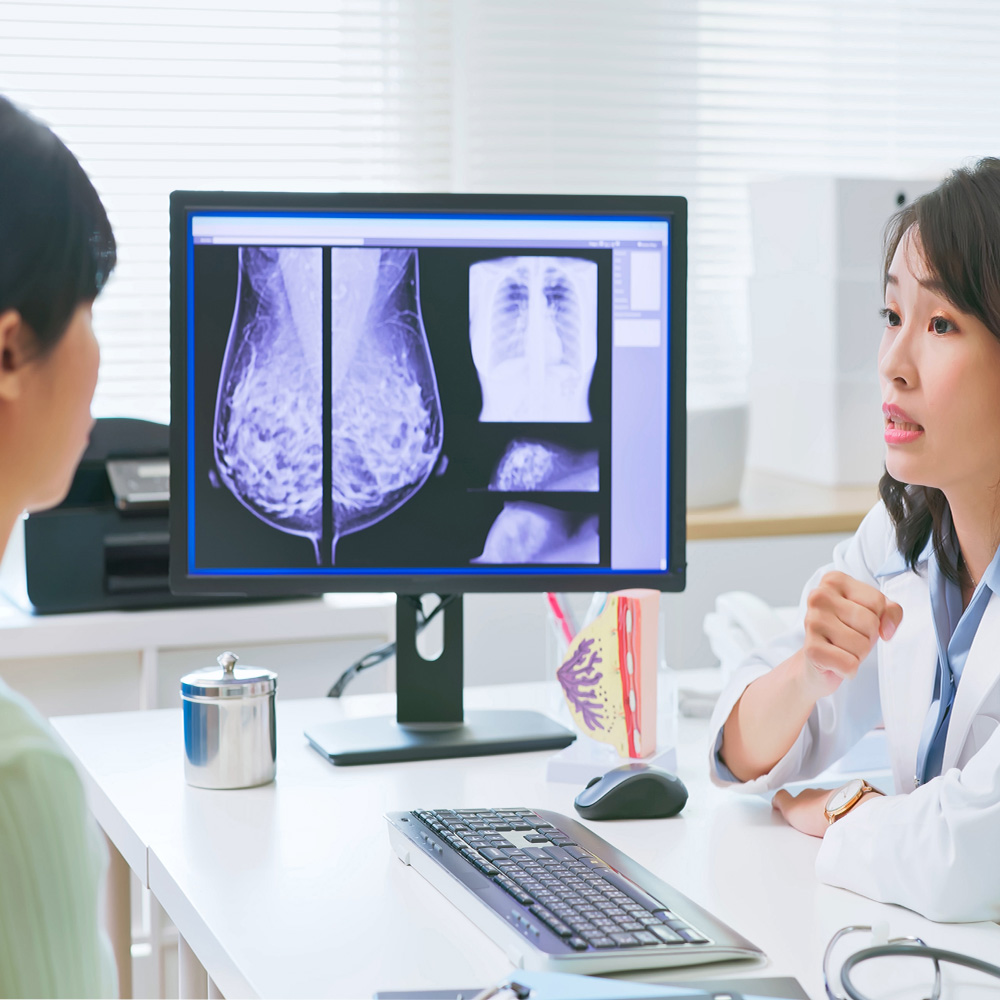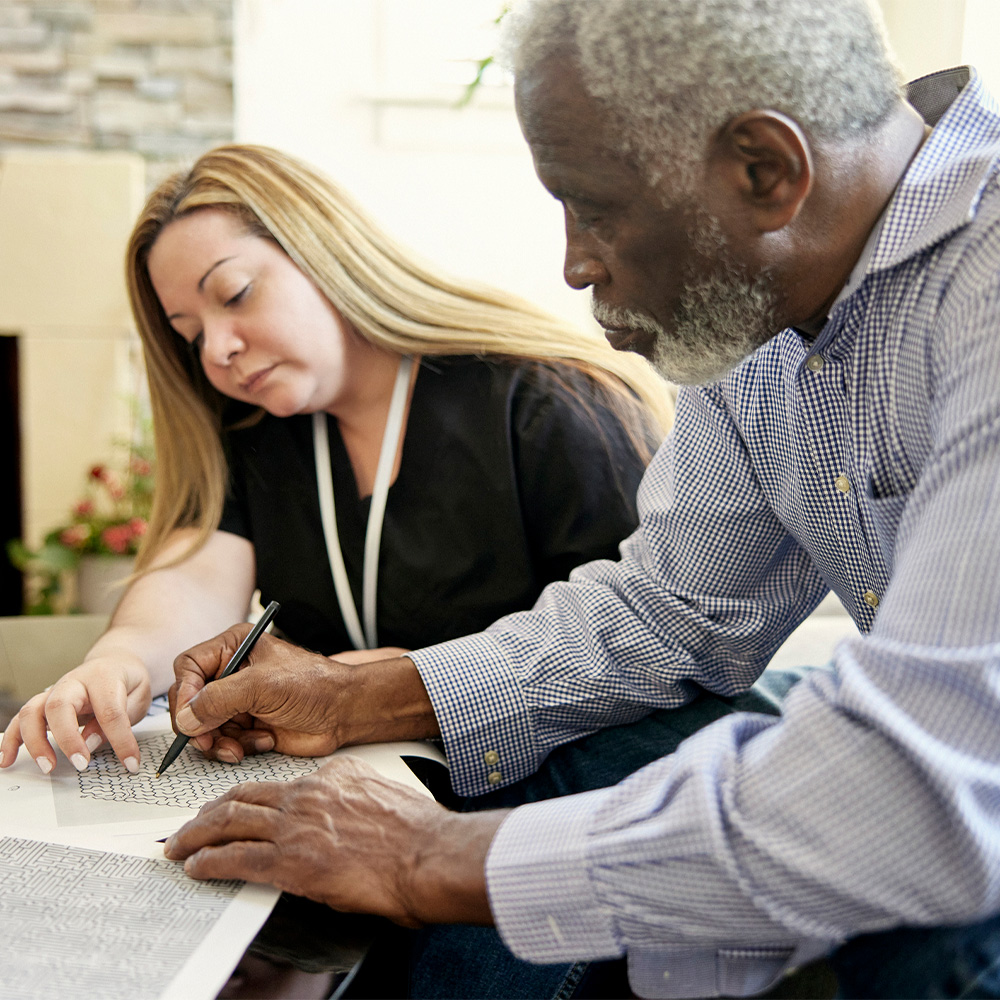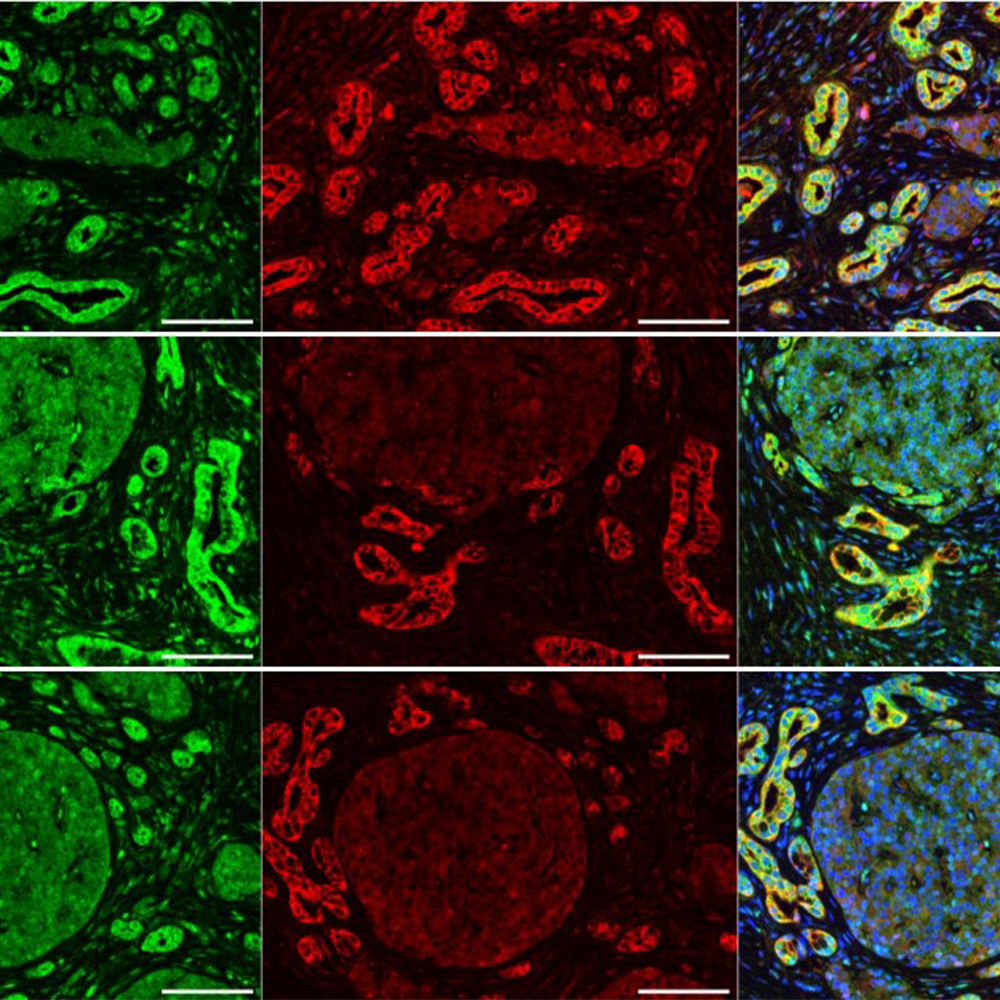Match Day celebration fulfills students’ dreams, with an anniversary twist
As the clock ticked down to 11 a.m. and envelope-opening time, this year’s Match Day celebration included more than the usual excitement of the annual tradition. The event was not only a milestone for the soon-to-graduate members of the UT Southwestern Medical School Class of 2018; it also fell during the same year as UT Southwestern’s 75th anniversary.
In synchrony with medical students nationwide, members of the graduating class opened their Match Day envelopes to learn where they would begin their training as doctors after graduation. Among this year’s 237 fourth-year students who matched, 63 will serve their residencies at UT Southwestern hospitals.
“I could not be prouder of this class,” said Dr. Angela Mihalic, Associate Dean for Student Affairs, and Professor of Pediatrics. “They have worked very hard, have received unparalleled clinical training, and are well prepared for the next phase of their education.”
Here’s how it works: During the exhausting fourth year of medical school, students apply for and are interviewed at a dozen or so residency programs in their chosen specialties. Students and the programs rank each other, and a computer algorithm administered by the National Resident Matching Program determines the highest match.
The Class of 2018’s top residency specialties were Internal Medicine, Pediatrics, Family Medicine, Obstetrics and Gynecology, and Emergency Medicine. Other highly sought-after areas were Psychiatry, Anesthesiology, Orthopaedics, and Ophthalmology.
“Whether through patient advocacy and health promotion as a primary care physician or through state-of-the-art lifesaving interventions, our students will soon touch the lives of countless patients across the country and improve their health and well-being,” said Dr. Mihalic. “It has been an absolute privilege to get to know them and play a small role in their medical education.”
Every student has a unique story. Here are a few:
Salman Banani
Back in 2012, Mr. Banani watched medical student colleagues open their envelopes. At the time, he was a Medical Scientist Training Program candidate working on his doctorate in Biophysics at UT Southwestern, so he simply enjoyed the day and anticipated great things to come.
This year, he was part of the action. Mr. Banani matched in Pathology at Harvard-affiliated Brigham & Women’s Hospital. In all, he will leave for Boston with both Ph.D. and medical degrees.
“It’s been a while,” Mr. Banani said. “It was hard saying goodbye to med school classmates, but you meet a new set of colleagues to interact with when you come back to medical school, so it all worked out.”
Mr. Banani majored in Chemical Biology at UC Berkeley after graduating from Dallas-area Carrollton Creekview High School. His residency will last the next three years, with a one-year fellowship anticipated afterward.
“The MSTP is a unique pathway,” he said. “People on the M.D./Ph.D. track typically have a deep interest in clinical medicine and patient care, but also have a scientific curiosity to understand diseases at a fundamental level.”
Nicholas Spendlove
Mr. Spendlove got a bit of an edge on his fellow students with some firsthand, but unplanned, medical experience. As a third-year medical student, he delivered his wife Jessica’s third child on the floor of their apartment bedroom. Now his baby-delivering days might be over – barring another emergency – as he matched in Ophthalmology for a transitional year at Providence Sacred Heart Medical Center in Spokane, Washington. After a year, the family will move on to Texas Tech University.
“Spokane is beautiful, but what really drew me was that there are lots of families in their residency program,” he said, “and Lubbock is also a very family-friendly place. We’re super-excited.”
Mrs. Spendlove and the kids – Bryan, Audra, and Ethan – were there to find out, too, just where the first stop will be. Oh, and there will be another Spendlove arriving in Spokane sometime in July.
Allison Bishop and Audrey Rutherford
Some say college and medical school colleagues become long-lasting friends for life. Ms. Bishop and Ms. Rutherford are the embodiment of that sentiment. In 2010, they became roommates as freshmen at UT Austin. They didn’t know each other, but their bond began to strengthen as they returned to school as sophomores, soon discovering both were considering medical school. They roomed together until the year before last when Ms. Bishop married Trevor Green, a financial analyst in Dallas, “but I haven’t left,” Ms. Rutherford cracked as they told the tale.
Ms. Bishop, who graduated from Episcopal School of Dallas, has matched in Obstetrics and Gynecology with Baylor University Medical Center; her best friend will stay at UT Southwestern in the Dermatology program.
“We got emails the same day from UT Southwestern, telling us we’d been accepted,” said Ms. Rutherford, from Aledo, Texas. Asked about her Dermatology residency, she said “my mentors here made me hope that I’d get the chance to stay here. It was my No. 1 pick, and I feel lucky and proud.”
Alan J. Sosa
Pursuing a medical education hit particularly close to home, and by surprise, for one upcoming graduate. Mr. Sosa, who matched for a Radiation Oncology residency at UT MD Anderson Cancer Center in Houston, was diagnosed with and treated for cancer during his third year of Medical School.
“I was initially apprehensive about a career in oncology,” he said. “I felt that it might have hit a little too close to home at the time. But through my rotations, I learned that cancer patients were often courageous and resilient and inspired me to go forth with my career choice.”
Flanked by his mother, he said, “The cancer diagnosis was a big shock. It came right before my Step 1 exams, and I was so focused on the exam that I didn’t truly understand the gravity of the situation at that moment. It was overwhelming.”
“But my mom came and stayed with me, and I can’t say enough about how supportive UT Southwestern was. This feels like an out-of-body experience.”
Mr. Sosa has already set a number of examples for his family: Coming from a single-parent household, he was first in his family to graduate from college.
“This seems like a dream to me, and it’s a dream I couldn’t have achieved if my family hadn’t believed in me,” he said.
Kingsley and Philip Oladeji
Brothers Kingsley Oladeji, 29, and Philip Oladeji, 27, went through medical school together – but now they will go in different directions in Orthopedic Surgery. The older sibling is headed to Stanford University to continue his training while Philip is preparing to study at Emory University School of Medicine. The brothers also are experienced nurses, but made sure their shifts at Baylor Plano varied.
“What I always say is that we work well together, but that we are not dependent upon one another,” said Kingsley Oladeji, who graduated with degrees from UT Arlington and UT Dallas. “Looking back, I don’t know what I would have done without him being here with me.”
Philip Oladeji, who attended Georgetown University, said, “It’s been amazing. We’re best friends, so the support was there if it was needed. We definitely pushed each other when it was needed.”
Kyle Jones
Texas A&M graduate Kyle Jones, a former U.S. Marine captain with combat tours to Iraq and Afghanistan, spent six years serving his country. Toward the end of what would prove to be his final overseas tour, it was decision time.
“I was deciding whether to stay in or get out,” said Mr. Jones, who grew up in Plano – a suburb of Dallas – and went to Plano East High School. “I had really enjoyed my cross-training in battlefield trauma, so I thought I might be a fit for medical school.”
And that training related to battlefield trauma helped him determine his direction as a future doctor. “I knew before I left the military that I wanted to be in emergency medicine, and that has never changed. When I did my rotations, the idea was to absorb as much of each one as I could, because in emergency medicine you’re likely to see any of those areas in the day-to-day job.”
He was accompanied to Match Day by his wife, Tiana, and daughter Haley. Ms. Jones had the duty of opening the envelope for her husband as he was holding the little one, who slept through the din on the gym floor at the Bryan Williams, M.D. Student Center.
Mr. Jones will soon begin a residency at Johns Hopkins Hospital in Baltimore.
Thomas Das
After matching in Internal Medicine, Mr. Das is heading to Johns Hopkins Hospital in Baltimore. “It’s been a fantastic four years,” he said. “It’s been everything I could have hoped for, and more. The community here is what makes this place.”
Mr. Das studied biology and English at Dartmouth before entering medical school, so it’s not surprising that he is looking forward to a little down time before relocating.
“We can relax a little, then need to get geared up once again,” he said. “We had so much support here and we know we’re going to meet more good people.”
Jourdan Carboy
A gifted medical illustrator, Ms. Carboy took a year away from her studies and helped produce a now-published textbook on Moh’s surgery with Dr. James Thornton. Then the Alaska product completed her fourth year of studies, and has matched in Plastic Surgery at Oregon Health & Science University. “I’m really excited and it’s a huge relief,” Ms. Carboy said. “Portland, here we come.”
Damilola Salako
Ms. Salako, a Coppell resident who graduated from Southern Methodist University, became ecstatic upon learning that she had matched in Psychiatry at UT Southwestern.
“I interviewed at a lot of programs around the country, but I knew that everything I want is right here at UT Southwestern. The program here is very, very good,” said Ms. Salako, whose parents, Gabriel and Dee Dee, and sister Tolu joined her in celebration. “I decided on psychiatry because it allows you to get to know a patient, and their history, which is important too in how we treat them.”
Sunny Lai
Sunny Lai, who matched in Internal Medicine, will continue his training at UT Southwestern.
“It’s a good day,” the UT Austin graduate said. “We have modern hospitals for our residents and patients, and great faculty to show us the way.”
Patrick Wascovich contributed to this report.








